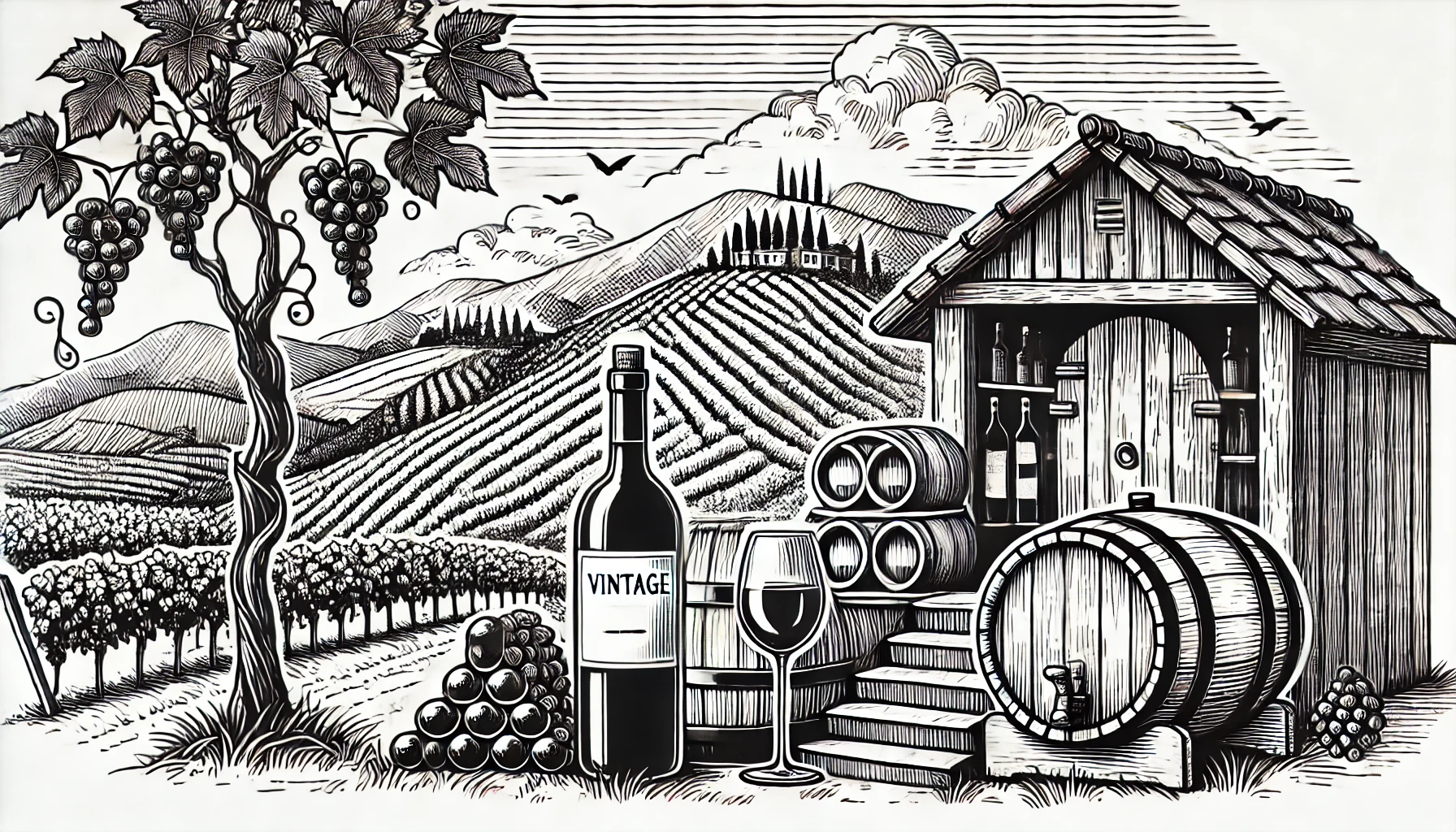
In the world of wine, the term vintage refers to the year in which the grapes were harvested. It’s a key factor in understanding the character and quality of a wine, as the environmental conditions of each year can significantly affect the flavor profile of the wine.
A vintage wine is one that is made from grapes harvested in a specific year, and it will typically have that year indicated on the label. This is especially important in regions with variable climates, like Bordeaux or Burgundy, where weather conditions can dramatically influence the quality of the grapes.
For example, a warm, sunny growing season may produce ripe, rich wines, while a cooler, wetter season may yield wines with higher acidity and less fruit-forward characteristics. Winemakers often adapt their techniques based on the vintage to bring out the best qualities in the wine.
Some wines, especially those meant for aging, are more influenced by the vintage. Collectors and enthusiasts often track the best vintages from renowned wine regions, as certain years are known for producing exceptional wines. Conversely, wines labeled as “non-vintage” (NV) are blends of grapes from multiple harvest years, designed to maintain a consistent flavor profile regardless of yearly variations.
In summary, the vintage of a wine offers insight into the environmental conditions that shaped its production, giving wine lovers a deeper understanding of what to expect from a particular bottle.
Curious about more wine terms and insights? Visit our Wine Wiki section and explore the basic wine terms for expert definitions and tips!